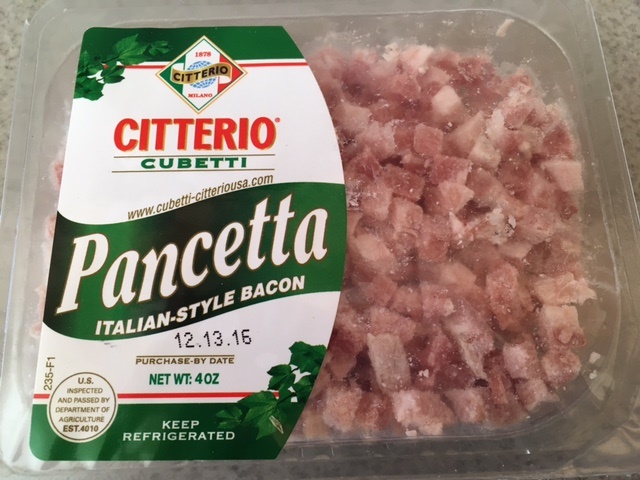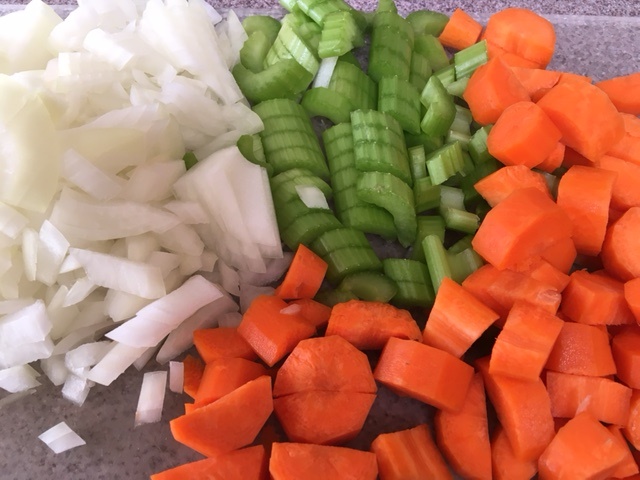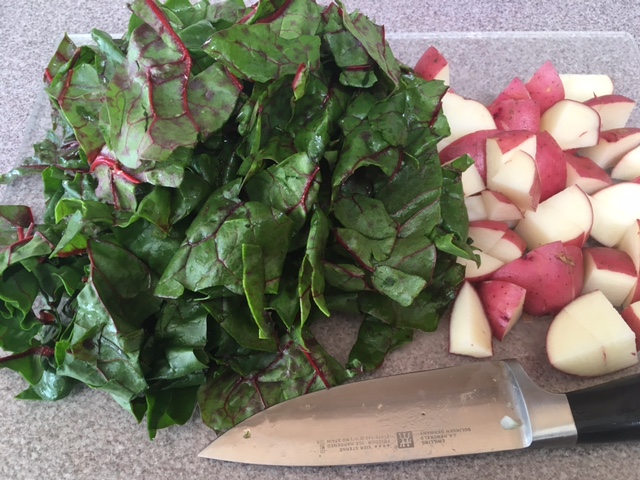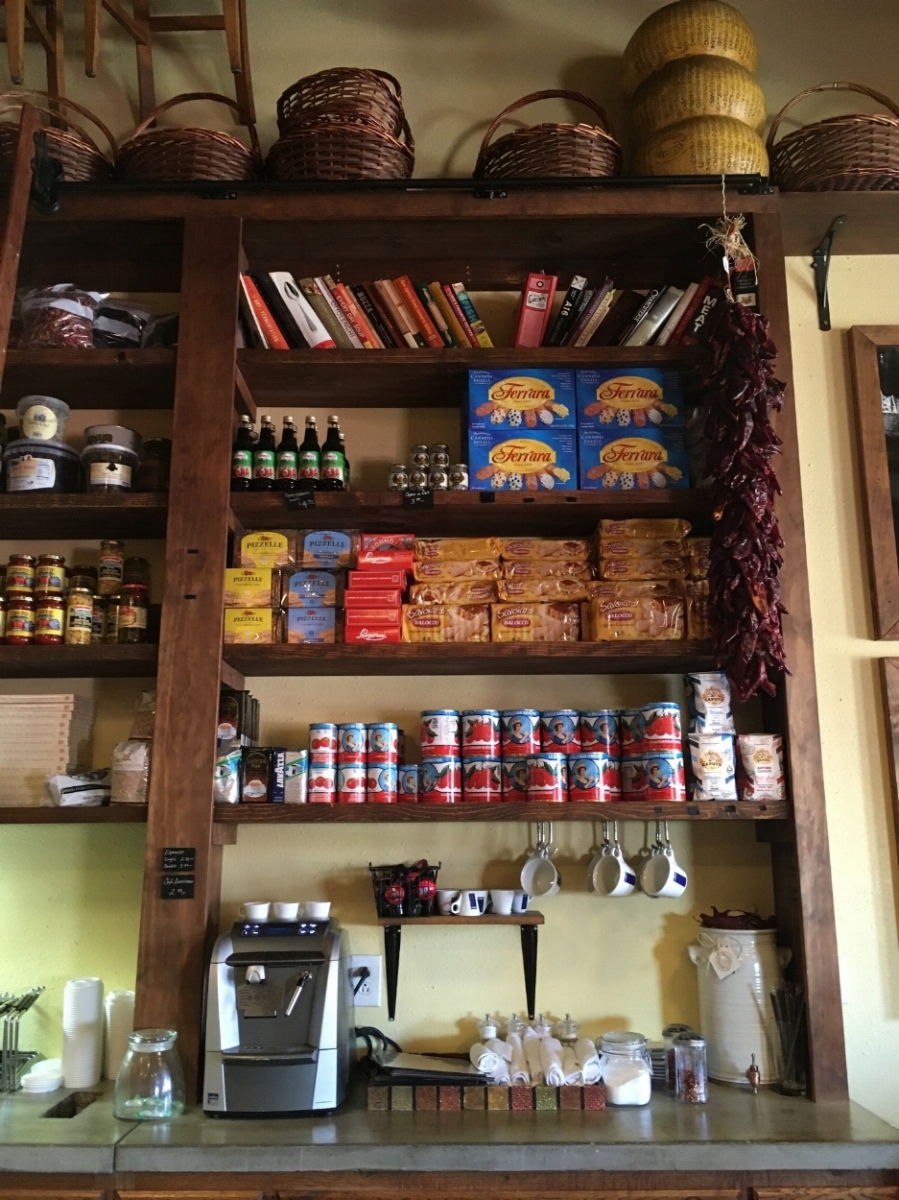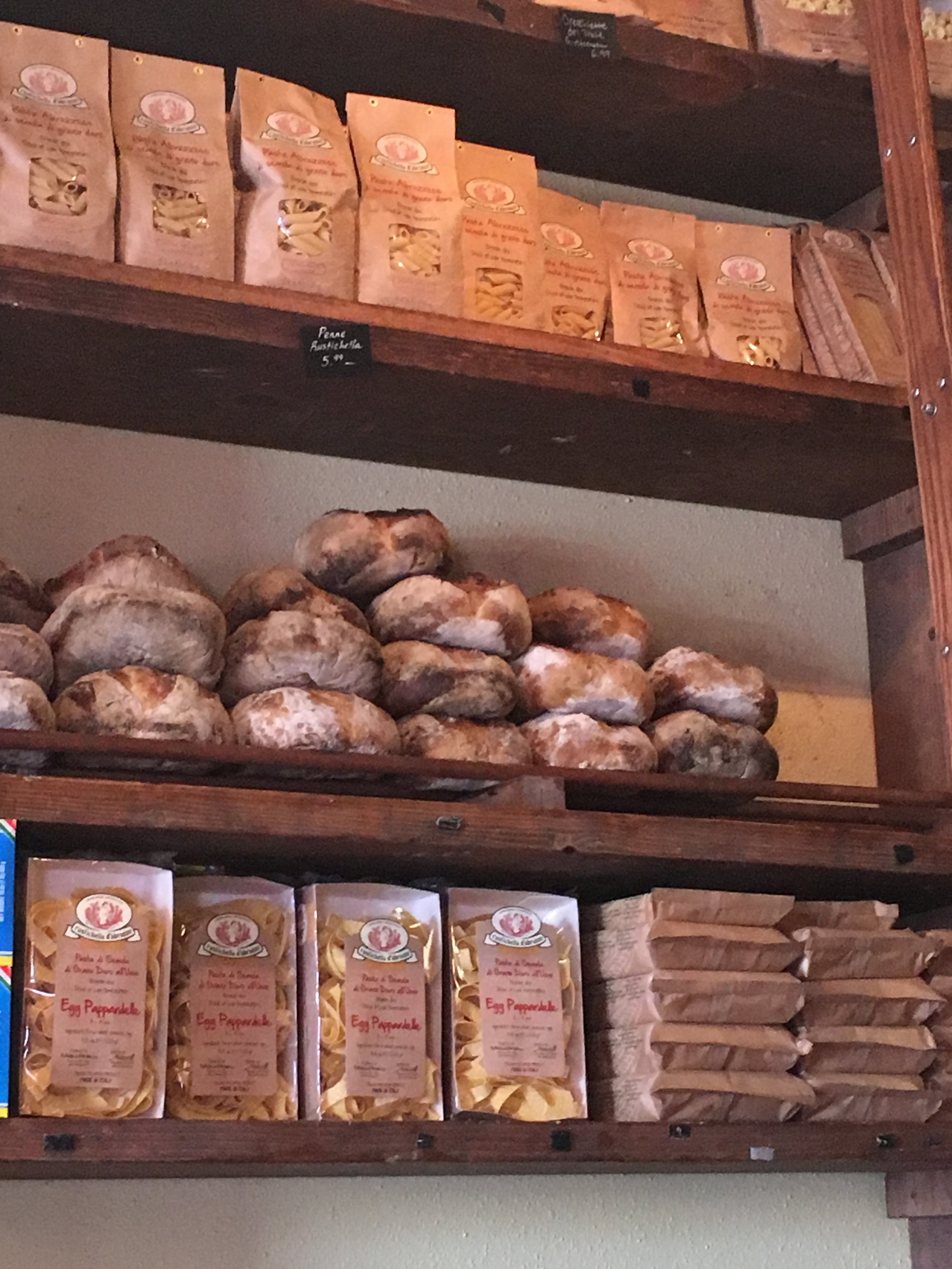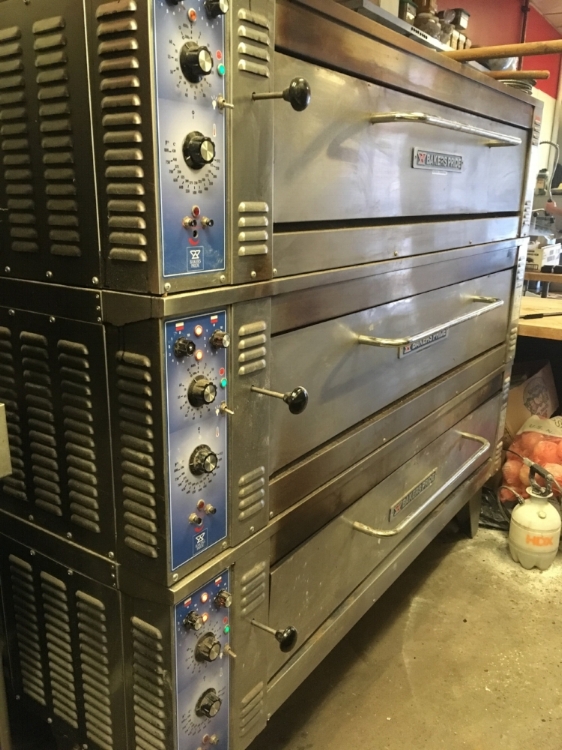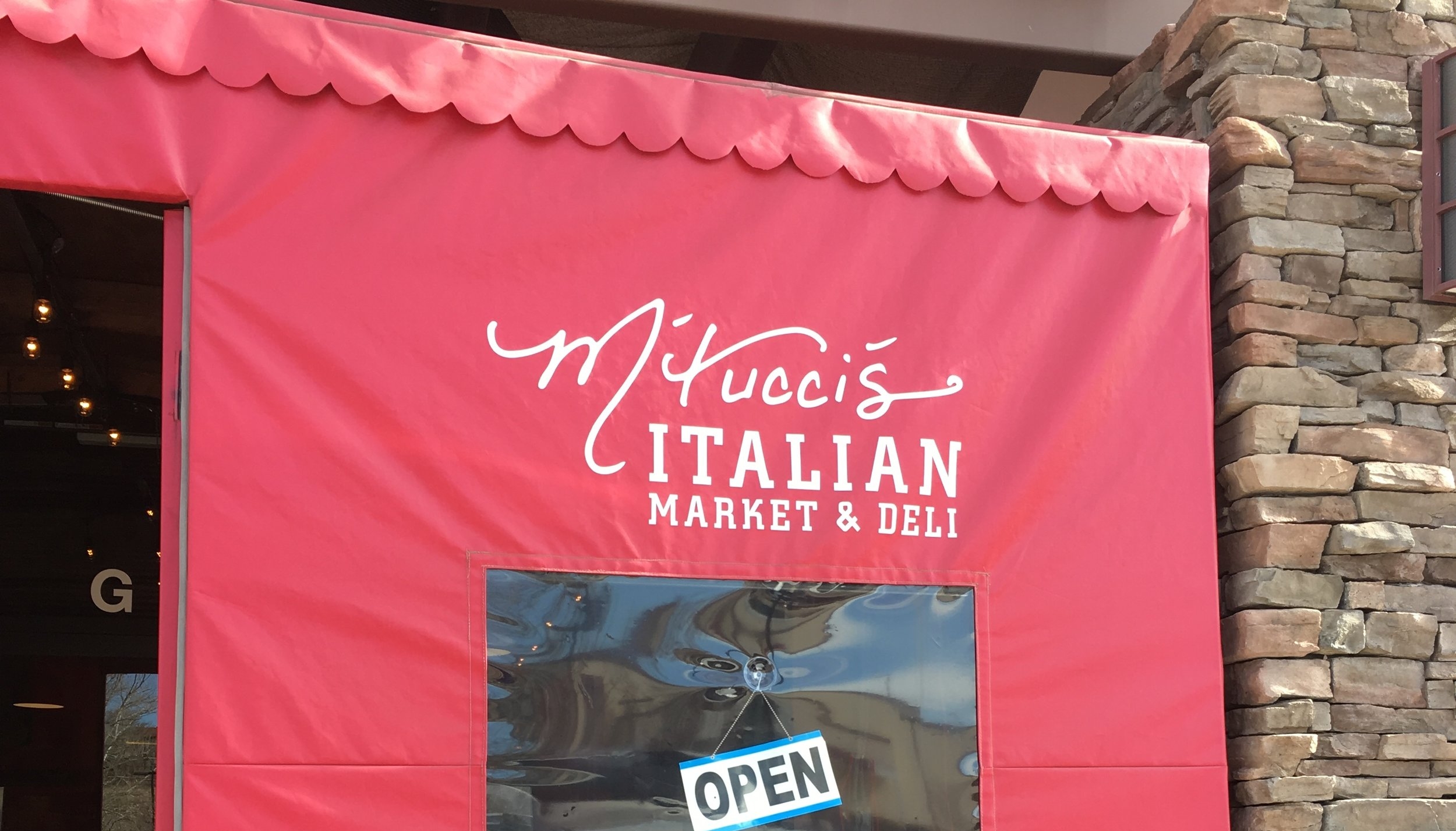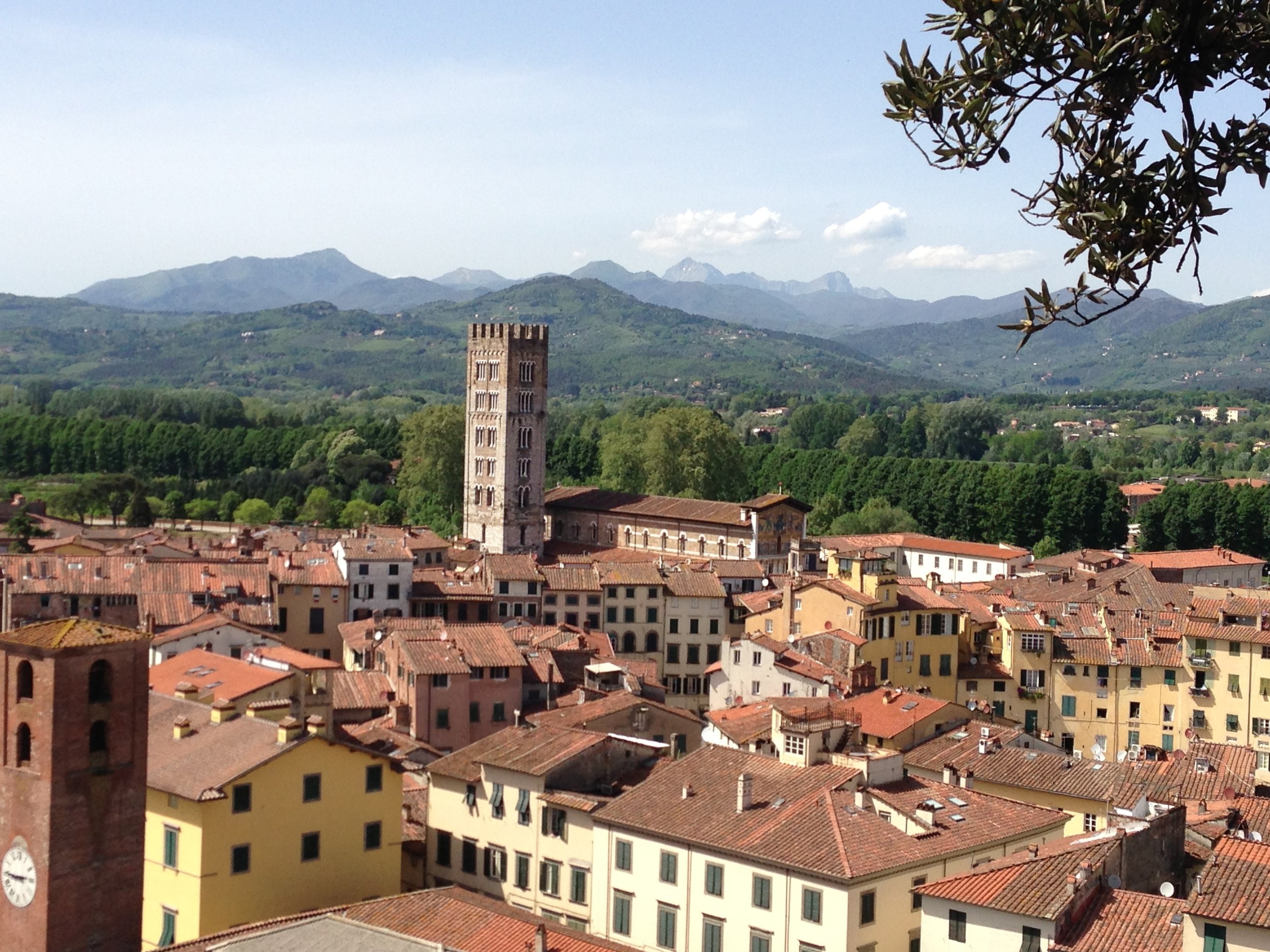Between the Angels and Puccini
Via di Poggio is a small street, in width and length, but it provides an important connection between three of my favorite spots in Lucca - Piazza San Michele at one end, Piazza Cittadina at the other, and a wonderful hotel, the Piccolo Puccini, in the middle.
Piazza San Michele, Lucca
Piazza San Michele is a hub of activity and one of the best people-watching spots in Lucca. The piazza is ringed with cafes, bars, and shops of all kinds. It would be possible to have prima colazione (breakfast), pausa (coffee break), pranzo (lunch), an apperitivo (evening drink), cena (dinner) and an evening gelato without ever leaving this square. Here you can be entertained by musicians and street performers. It’s a definite stop on the evening passeggiata (stroll) through town. In the center of the piazza sits the basilica of San Michele in Foro, an imposing church topped with a very large statue of the Archangel Michael. I've been told that on a moonlit night, if you stand in just the right spot, you can see the glint of moonlight off his diamond ring. Expect to find lots of tourists here trying to get just the perfect photo of that angel.
The Archangel Michael (Michele in Italian) high atop the basilica that bears his name.
At the other end of Via di Poggio is the smaller Piazza Cittadella. This square is also filled with restaurants, a cinema, shops, and the Puccini museum but its most impressive occupant is the bronze statue of Giacomo Puccini himself. He sits slouched in his chair, jacket unbuttoned, rakishly handsome, casually dangling a cigarette from his hand. He doesn’t look like a serious composer. Instead, he has the air of a bad boy about him, a touch of scoundrel even. At least this is what the sculptor captured and I suspect that it’s right on target. Would you think me crazy if I confess that I greet him with a "Buongiorno maestro" each morning as I walk by and that I swear he hums back to me in response? A bit of "Nessun Dorma" one day, a little "O! mio babbino caro" the next. I sense he is a bit annoyed at the constant crowds that approach him. Tour groups, with guides speaking in Italian, German or English, explaining his life to tourists toting cameras and backpacks and who, on rainy days, stand with umbrellas unfurled. Small children climb around him; I suspect he would swat them like the zanzare (mosquitoes) that swarm around his lake home at Torre del Lago, if only he could. But, there’s a hint of a smile for the pretty young woman I’ve just watched climb up into his lap. Ah yes. That he likes.
Statue of Giacomo Puccini in Piazza Cittadella, Lucca.
In an enviable position along this small street, between the two piazze, lies the hotel Piccolo Puccini. I first stayed here six years ago on the recommendation of a friend and have returned many times since. It’s a small inn with 14 cozy rooms, a perfect central location, very reasonable prices, and charming owners (Paolo and Franco) who go out of their way to make their guests feel like family. On that first visit, Paolo (dare I say he reminds me just the tiniest bit of Puccini?) quickly became a friend and provided my first window into the people, culture, politics and daily life of Lucca. On my most recent stay last fall, Franco was the most patient of language coaches over breakfast every morning - not to mention they both brew a great cappuccino! I always feel spoiled when I stay here.
For me, there is simply something magical about knowing that when I stay at the Piccolo Puccini I slumber between the angels and Puccini. What could be better than that? -post by JB
The Hotel Piccolo Puccini, with a view toward Piazza San Michele. Photo courtesy of the hotel, used with permission.
The lobby at the hotel Piccolo Puccini and Paolo at the desk - a welcome sight after an overnight flight from the US to Italy.






